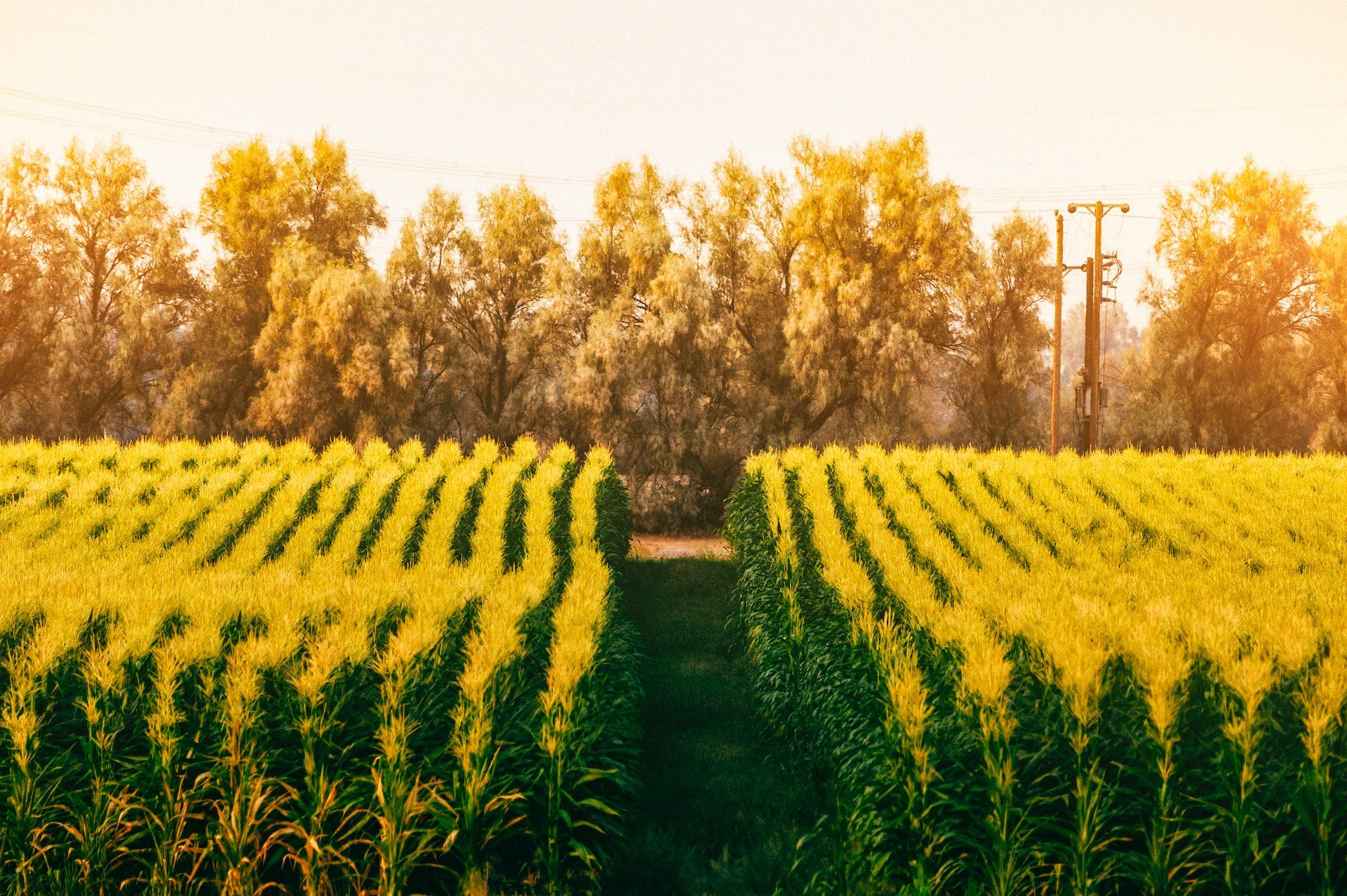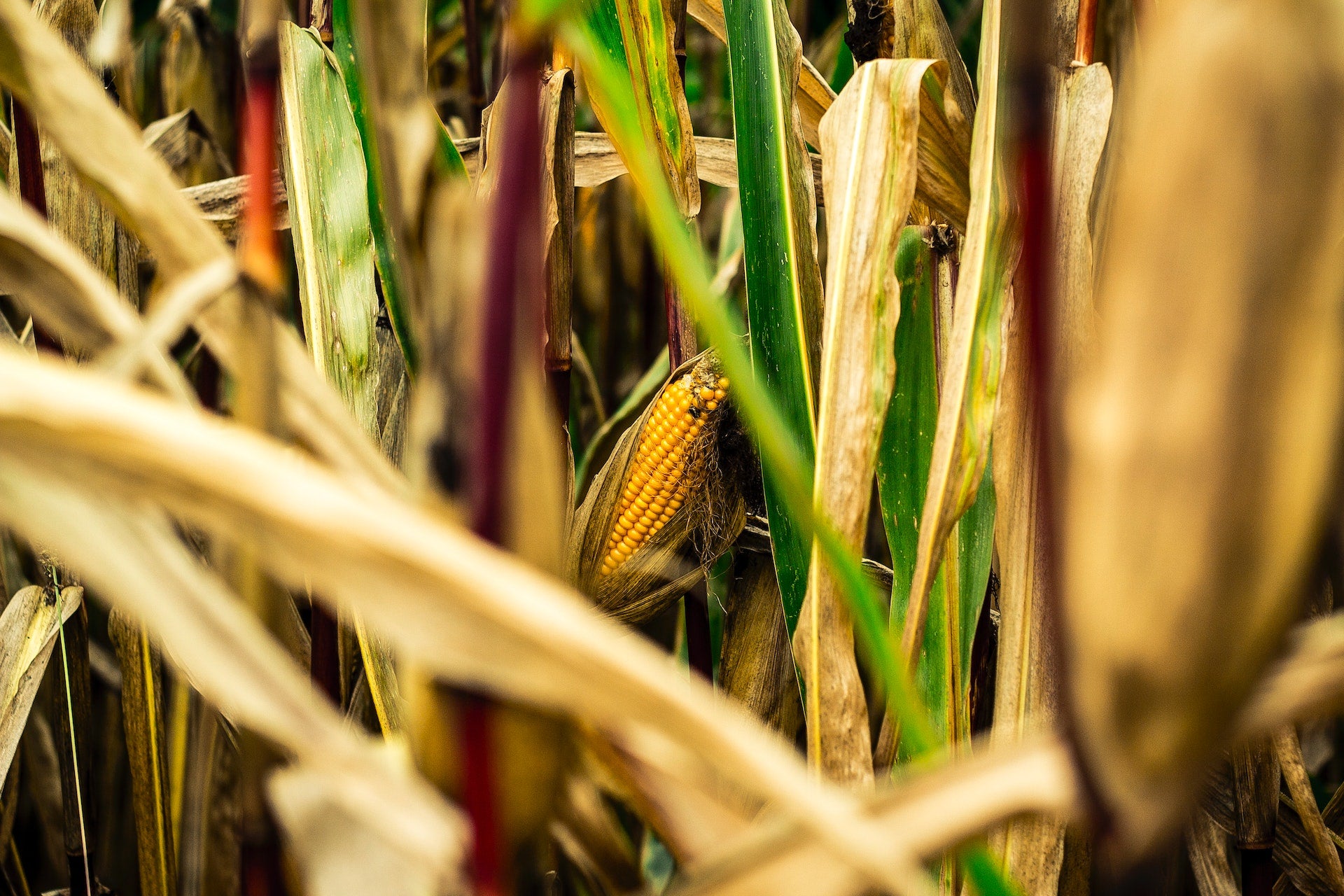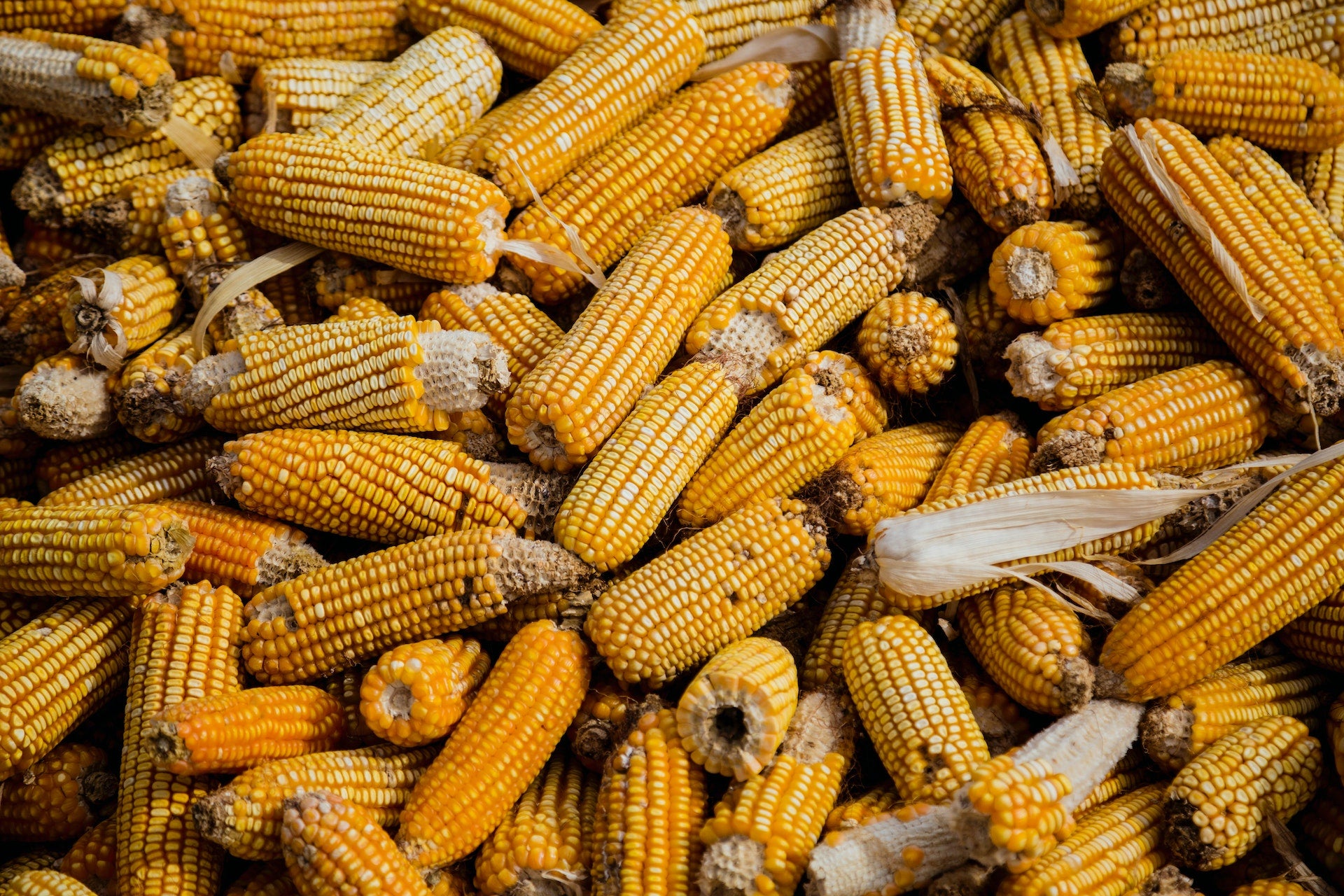PLA, or polylactic acid, is a biodegradable and bio-based thermoplastic polymer derived from renewable resources like corn starch, cassava, or sugarcane. It is a popular alternative to petroleum-based plastics, such as polyethylene or polypropylene, due to its more environmentally friendly properties.
PLA is produced by fermenting plant sugars to produce lactic acid, which is then polymerized to create polylactic acid. The resulting material can be processed and shaped using methods similar to those used for traditional plastics, such as injection moulding, extrusion, and thermoforming.
PLA’s features and characteristics include the following:
It’s Biodegradable
PLA is biodegradable and can break down under industrial composting conditions, typically within a few months to a couple of years. However, it does not decompose as quickly in home compost piles or in landfills, where conditions might not be optimal for biodegradation.
Lower Carbon Footprint Resource
Since PLA is derived from renewable resources and its production process emits fewer greenhouse gases compared to petroleum-based plastics, it has a lower carbon footprint.
It’s Versatile
PLA can be used in a wide range of applications, including food packaging, disposable cutlery, agricultural films, 3D printing, medical implants, and textiles.
Considered Food-Safe
PLA is considered safe for food contact applications and is often used for disposable cups, plates, and cutlery, as well as food packaging.
Limited Durability
PLA has a lower melting point and is more sensitive to heat and moisture compared to traditional plastics. This makes it less suitable for high-temperature or high-stress applications.
While PLA is considered a more environmentally friendly alternative to petroleum-based plastics, it is essential to note that its biodegradability is highly dependent on specific conditions, such as temperature, humidity, and the presence of microorganisms. Proper disposal, including industrial composting, is necessary to ensure the environmentally friendly decomposition of PLA products.




